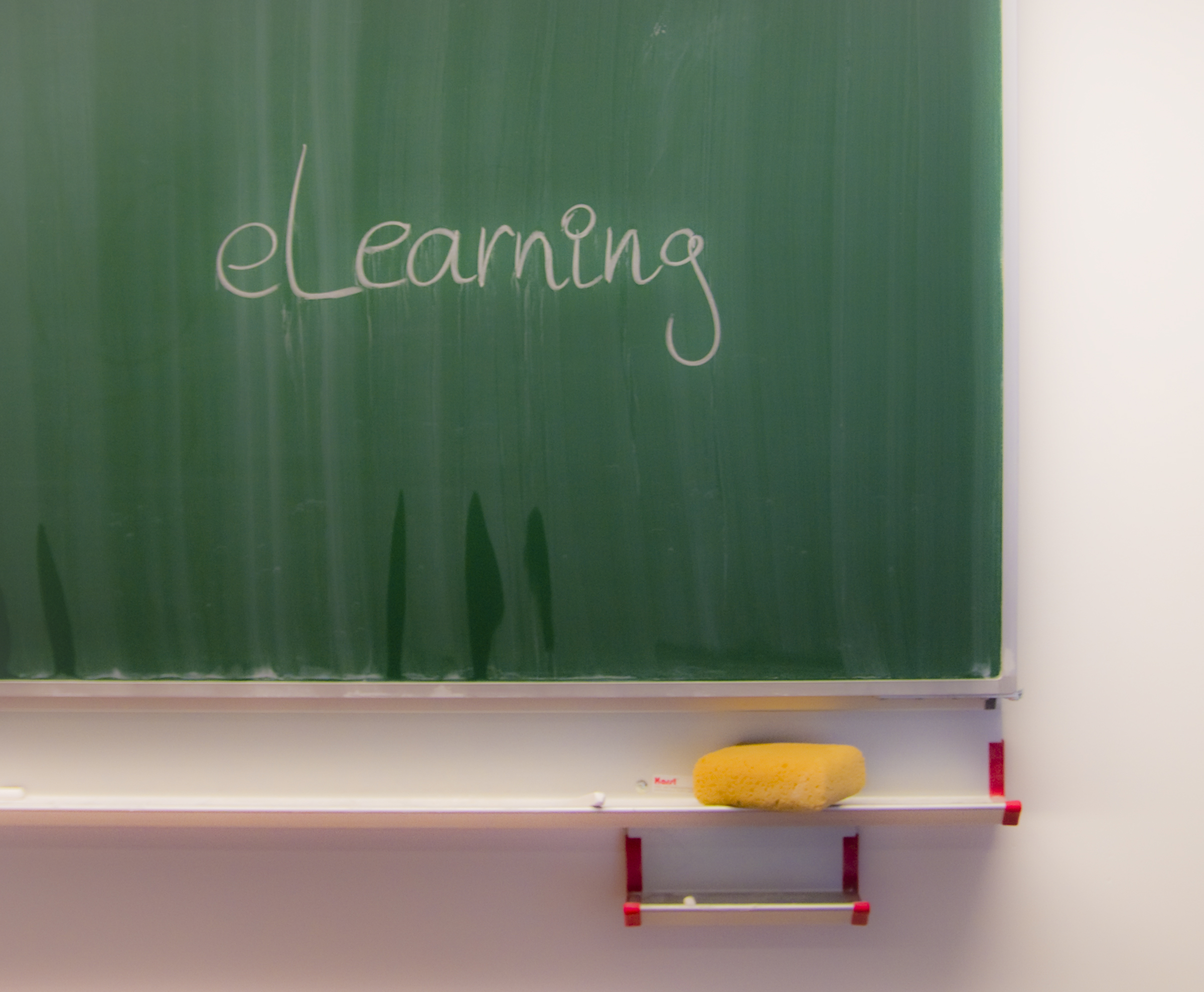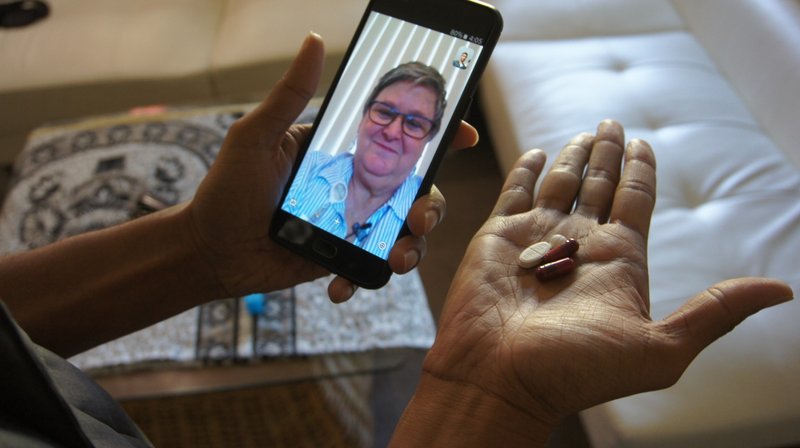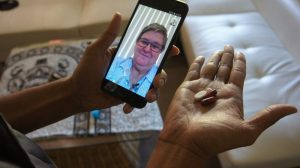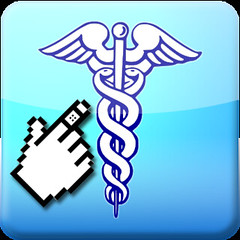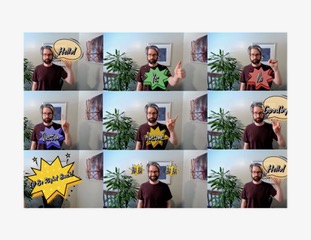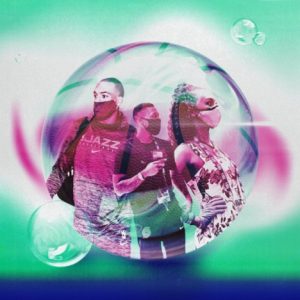By: Logan Childress

Social distancing, self-isolation, and travel restrictions resulting from the COVID-19 global pandemic have led to unfavorable circumstances for hopeful couples looking forward to becoming married in 2020.[1] Still, despite these unexpected interruptions, wedding bells continue to ring across the globe.[2] Earlier this year, many couples decided to postpone their weddings; but others opted out of traditional wedding venues for untraditional weddings via Zoom.[3] However, if you are considering a Zoom wedding, do not virtually say “I do” just yet. In the United States, the requirements for a legal marriage vary across the states and localities.[4] Accordingly, Zoom weddings are not legally binding in all 50 states.[5] Check before you plan!
One of the biggest obstacles to becoming legally married earlier on in the pandemic was obtaining a marriage license.[6] In the early stages of the pandemic, many local clerks’ offices across the United States shut down in response to the spread of COVID-19.[7] As a result, thousands of appointments for marriage licenses were canceled, postponed, or otherwise halted.[8] Since this a process that is typically required to be done in person, legal marriages came to a temporary stand-still.[9]
To meet the new obstacles presented by the pandemic, California, New York, and Colorado were the pioneers of Zoom weddings.[10] Not only did these states temporarily allow residents to apply for marriage licenses remotely, but also some recognized virtual ceremonies during these unprecedented times.[11] For example, in California, the Governor issued an executive order on April 30 to allow California residents to (1) obtain marriage licenses virtually, rather than in-person and (2) officially wed via video conference as long as both parties are present, and have at least one witness who can join the live video conference.[12] Similarly, in New York, the Governor issued an executive order on April 18 to allow New York residents to (1) obtain marriage licenses remotely and (2) allow clerks to perform ceremonies via video conference.[13] And, in Colorado, the Governor issued an executive order on March 26 to allow clerks to issue marriage licenses through an application by mail.[14] While these executive orders did not immediately make Zoom weddings legally binding, it gave local clerks the discretion and opportunity to develop a system through which marriage licenses could be issued and, in some cases, legally binding marriages could be performed for a limited period of time.[15]
However, in some states, changes never came, even on a temporary basis.[16] For example, in Virginia, the law required, and continues to require, that couples and their wedding officiant be physically present for the vows and the signing of the marriage license.[17] So, unless the couple was willing to invite their officiant to be physically present with them, a Zoom wedding was not a legally binding option.[18]
Thankfully, as states are beginning to reopen, obtaining a marriage license is not as big of an obstacle.[19] However, many couples remain cautious about large gatherings, if such gatherings are permitted at all.[20] And, the original executive orders issued by states like New York, Colorado, and California have since expired[21] leaving Zoom weddings in a grey area. And, “while it is possible for some marriage bureaus to make exceptions in light of current affairs, it should not be assumed that [Zoom] weddings will be considered [legally binding] across the country, and officiants and couples should be cautious.”[22]
Like many things these days, weddings have changed. Get creative, read your local laws and regulations, and start planning!
[1] See, e.g., Alyson Krueger, Weddings as a Coronavirus Super-Spreader Worry, N.Y. Times, Aug. 4, 2020, https://www.nytimes.com/2020/08/04/fashion/weddings/weddings-as-covid-super-spreaders.html.
[2] See id.
[3] Mary Meisenzahl, This Is What Getting Married Over Zoom Is Like, According to 2 Couples Who Had to Change Their Wedding Plans Due to the Coronavirus, Business Insider (Apr. 23, 2020, 12:09 PM), https://www.businessinsider.com/zoom-weddings-during-coronavirus-photos-2020-4.
[6] See, e.g., Jeong Park, Coronavirus Means No Marriage License for Lovebirds, For Now, The Orange County Register (Mar. 17, 2020, 7:14 AM), https://www.ocregister.com/2020/03/17/coronavirus-means-no-marriage-license-for-orange-county-lovebirds-for-now/ (discussing the closure of a local clerk’s office due to COVID-19); Lila Seidman, How to Get Legally Married During the Coronavirus Crisis, Los Angeles Times (May 8, 2020, 4:00 AM), https://www.latimes.com/lifestyle/story/2020-05-08/legal-marriage-during-coronavirus (discussing difficulties of receiving a marriage license in California).
[7] See id.
[8] See id.
[9] See Maggie Kreinenberg, Zoom Weddings Are Now Legal!: Start Sending Your Zoom Invites, Brides (May 1, 2020), https://www.brides.com/virtual-weddings-legal-new-york-4842735.
[10] Id.
[11] Id.
[12] Cal. Exec. Order No. 58-20 (Mar. 4, 2020), https://www.gov.ca.gov/wp-content/uploads/2020/04/4.30.20-EO-N-58-20.pdf.
[13] N.Y. Exec. Order No. 202.20 (Apr. 18, 2020), https://www.governor.ny.gov/news/no-20220-continuing-temporary-suspension-and-modification-laws-relating-disaster-emergency.
[14] Colo. Exec. Order No. D 2020 014 (Mar. 26, 2020), https://www.colorado.gov/governor/sites/default/files/inline-files/D%202020%20014%20Marriage%20Licenses_0.pdf.
[15] See Cal. Exec. Order No. 58-20 (Mar. 4, 2020), https://www.gov.ca.gov/wp-content/uploads/2020/04/4.30.20-EO-N-58-20.pdf (expiring 60 days after issuance); N.Y. Exec. Order No. 202.20 (Apr. 18, 2020), https://www.governor.ny.gov/news/no-20220-continuing-temporary-suspension-and-modification-laws-relating-disaster-emergency (expiring on May 18, 2020); Colo. Exec. Order No. D 2020 014 (Mar. 26, 2020), https://www.colorado.gov/governor/sites/default/files/inline-files/D%202020%20014%20Marriage%20Licenses_0.pdf (expiring 30 days after issuance); see also Lila Seidman, How to Get Legally Married During the Coronavirus Crisis, Los Angeles Times (May 8, 2020, 4:00 AM), https://www.latimes.com/lifestyle/story/2020-05-08/legal-marriage-during-coronavirus (acknowledging executive order does not instantly make Zoom weddings legally binding).
[16] See, e.g., Marriage Requirements, Virginia Department of Health, https://www.vdh.virginia.gov/vital-records/marriage-requirements/ (last visited Sept. 10, 2020) (no changes); About Wedding Laws in Virginia, American Marriage Ministries, https://theamm.org/marriage-laws/virginia (last visited Sept. 10, 2020) (highlighting Virginia never made exemptions, temporary or binding, for Zoom weddings during the pandemic).
[17] Id.
[18] See id.
[19] See Rachel Treisman, West: Corona-Related Restrictions by State, National Public Radio (Sept. 3, 2020, 3:30 PM), https://www.npr.org/2020/05/01/847416108/west-coronavirus-related-restrictions-by-state (listing clerks offices are reopened).
[20] Considerations for Events & Gatherings, Centers for Disease Control and Prevention (July 7, 2020), https://www.cdc.gov/coronavirus/2019-ncov/community/large-events/considerations-for-events-gatherings.html; see also Dena Bunis, List of Coronavirus-Related Restrictions in Every State, American Association of Retired Persons (Sept. 10, 2020), https://www.aarp.org/politics-society/government-elections/info-2020/coronavirus-state-restrictions.html (highlighting restrictions on public gatherings).
[21] Cal. Exec. Order No. 58-20 (Mar. 4, 2020), https://www.gov.ca.gov/wp-content/uploads/2020/04/4.30.20-EO-N-58-20.pdf (expiring 60 days after issuance); N.Y. Exec. Order No. 202.20 (Apr. 18, 2020), https://www.governor.ny.gov/news/no-20220-continuing-temporary-suspension-and-modification-laws-relating-disaster-emergency (expiring on May 18, 2020); Colo. Exec. Order No. D 2020 014 (Mar. 26, 2020), https://www.colorado.gov/governor/sites/default/files/inline-files/D%202020%20014%20Marriage%20Licenses_0.pdf (expiring 30 days after issuance).
[22] Can I Officiate a Skype Wedding?, American Marriage Ministries (Mar. 20, 2020), https://theamm.org/articles/268-can-i-officiate-a-skype-wedding.
Image Source: https://www.flickr.com/photos/23408922@N07/5592082610



